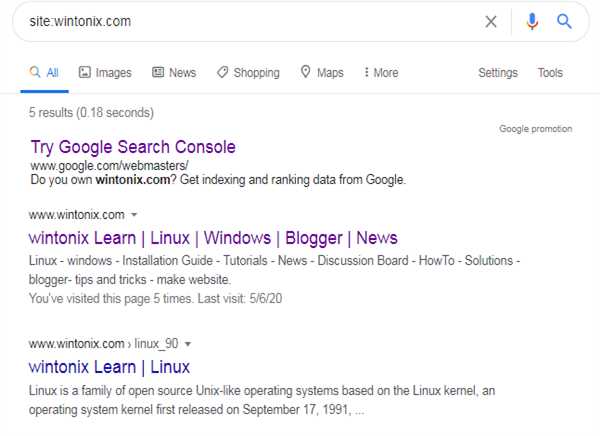If you have a page on your website that has been excluded from Google's index, there are several steps you can take to try to get it indexed. Here's how to index an excluded page in Google Webmaster Tools (now known as Google Search Console).

Step 1: Check why the page was excluded
The first step in getting an excluded page indexed is to find out why it was excluded in the first place. There are several reasons why Google might exclude a page, including:
The page has a noindex meta tag
The page has been disallowed in the robots.txt file
The page has a canonical tag that points to a different URL
The page has been penalized for violating Google's quality guidelines
To find out why your page was excluded, go to the Google Search Console "Coverage" report and look for the specific reason listed under the
"Excluded" tab. This will give you an idea of what you need to do to get the page indexed.
Step 2: Remove any exclusions
If the page was excluded because of a noindex meta tag or disallow directive in the robots.txt file, you will need to remove the exclusion to get the page indexed. This can be done by editing the HTML code of the page to remove the noindex tag or by modifying the robots.txt file to allow Googlebot to crawl the page. Once you have made these changes, you can request that Google re-crawl the page by using the "URL Inspection" tool in the Google Search Console.
Step 3: Check for canonicalization issues
If the page was excluded because of a canonical tag that points to a different URL, you will need to fix the canonicalization issue to get the page indexed. This can be done by editing the HTML code of the page to remove the canonical tag or by modifying the canonical tag to point to the correct URL. Once you have made these changes, you can request that Google re-crawl the page by using the "URL Inspection" tool in the Google Search Console.
Step 4: Address quality issues
If the page was excluded because it has been penalized for violating Google's quality guidelines, you will need to address the quality issues to get the page indexed. This can be done by identifying and fixing any issues that may be causing the penalty, such as low-quality content or spammy link-building practices. Once you have fixed these issues, you can request that Google re-crawl the page by using the "URL Inspection" tool in the Google Search Console.
Step 5: Build links to the page
Finally, if you have fixed any issues that were preventing the page from being indexed and the page still isn't showing up in Google's index, you may need to build links to the page to help Google find it. This can be done by promoting the page on social media, reaching out to other websites in your niche to ask for links, or creating high-quality content that naturally attracts links. The more links you can build to the page, the more likely it is that Google will find it and index it.
In conclusion, if you have a page on your website that has been excluded from Google's index, there are several steps you can take to try to get it indexed. By checking why the page was excluded, removing any exclusions, checking for canonicalization issues, addressing quality issues, and building links to the page, you can increase your chances of getting the page indexed by Google.